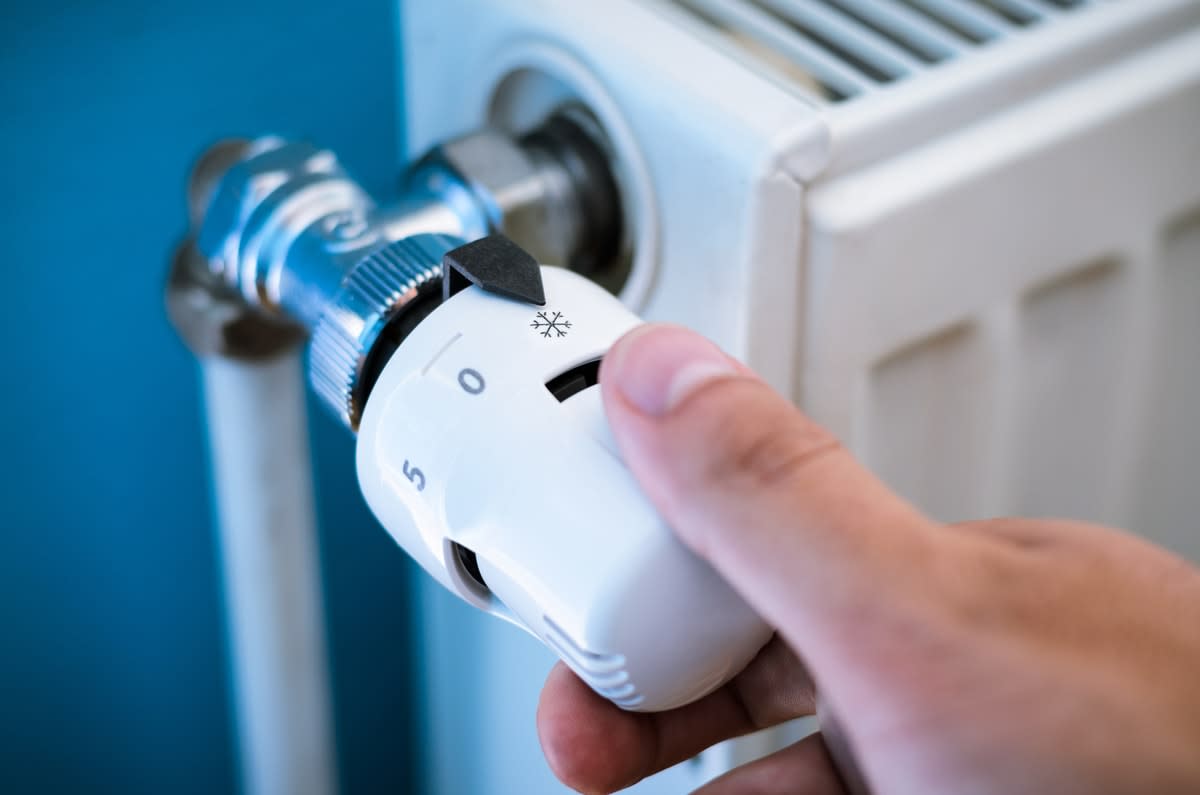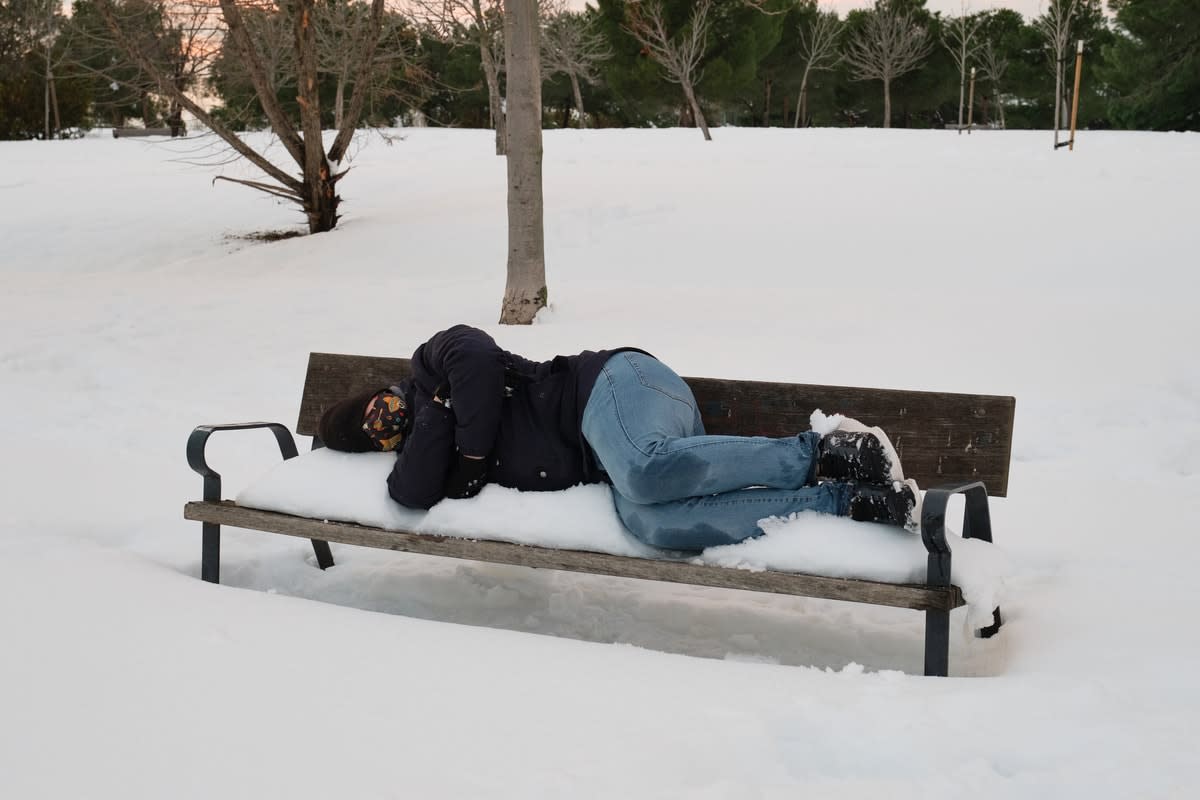Winter warning: The cold, hard truth about non-COVID deaths during the pandemic
Does the COVID-19 pandemic impact weather-related deaths?
Winter is coming for most of the northern hemisphere countries. Meanwhile, COVID-19, particularly the highly transmissible Delta variant, is still raging with soaring daily case counts into the six figures worldwide, even among fully vaccinated people.
We’ve all experienced how significantly the pandemic has affected daily life. For individual health, the pandemic has not only decreased outdoor physical activities and changed our ability to socialise, it’s also damaged individual health through delayed healthcare for emergencies, exacerbations of chronic diseases, and psychological depression.
We also know that temperature extremes – both hot and cold – can affect our health. For example, cold weather increases the physical risks directly from falls, coughs, lung and heart problems.
Read more: Under the weather: How climate change is affecting human mortality
In Australia, about 6.5% of deaths are attributed to cold weather, while 0.5% from hot weather. We wanted to know whether the pandemic changed the health risks associated with temperature extremes.
Our study, published in the journal Urban Climate, found that the risk of death in Italy did increase during the pandemic, at least for extreme cold weather.
We used a common environmental epidemiological approach to investigate the association between temperature and deaths before and during the pandemic – from 2015 to 2020 – in Italy. This involved analysing data for more than three million deaths, and covered about 95% of the Italian territory and population. We found that during the pandemic, extreme cold weather substantially increased the risk of non-COVID-19 related deaths by 26% compared to before the pandemic. No significant differences were found for hot weather.

Why did cold weather increase the number of deaths?
We concluded that cold weather exacerbates health risks during the pandemic in the following ways:
-
Reduced access to healthcare and changes in seeking health services. The winter season is a more challenging time for our healthcare systems due to the enormous increase in COVID-19 cases and restrictions. The use of digital media to deliver healthcare remotely may exclude some vulnerable people such as the old and the homeless, who tend to have less access to digital resources.
-
Accelerated socioeconomic inequalities such as unemployment, fuel poverty, and rising energy use. In the pandemic, an increasing number of people have to spend more time at home than usual, which may result in a higher demand for energy, and an increase in associated costs of heating bills.
-
Aggravation of the adverse psychological outcomes and mental disorders. Social isolation, loneliness, and social exclusion could increase the risk of death from all causes, especially in winter.
-
People are still susceptible to seasonal infections caused by many respiratory viruses, including influenza, asthma, and some coronaviruses in winter. During the pandemic, people will be interacting more often indoors in places with poor ventilation, which will increase the risk of transmission.
-
People at risk of dying from cold weather are the same at-risk group for COVID-19. Therefore, clinical outcomes may be more severe where an individual is exposed to, and affected by, both cold weather and COVID-19.
-
Changes in outdoor physical activities. This may lead to the exercise routines being interrupted, which would be problematic for people in managing chronic health conditions.
While these results aren’t necessarily generalisable to Australia due to differences in meteorological features, population structure, and socioeconomic conditions, it is instructive for Australians to pay more attention to the health impact of cold weather, especially during the pandemic for the next coming winter.
What can we do to protect those at risk?
While cold weather can affect everyone’s health, certain people may be at higher health risk during the pandemic. These include:
-
Those aged over 65. They’re more susceptible to cold than younger people due to different physiological responses to low temperature. The older are less able to maintain core temperature during a given cold challenge compared to younger individuals.
-
People who are at risk of homelessness, including vulnerable people living in refuges, crisis accommodation, or in temporary housing.
-
People who already have an underlying health problem or have pre-existing chronic medical conditions.
-
People with cognitive impairment, mental health conditions, or learning difficulties.
-
People living in deprived circumstances such as experiencing fuel poverty.
-
Pregnant women, and children under five years of age.

There are several public policy options we can implement to protect at-risk populations from cold-related health impacts during the pandemic.
We can learn from England’s approach. For example, a constant cold weather plan has been updated yearly to avoid cold weather adverse effects. Additionally, a Cold Weather Alert Service (with five alert levels) has been running in winter to trigger a series of actions from local governments and the public health system.
We can also do more to protect vulnerable people by implementing a community support program that ensures they’re safe and connected throughout winter.
Read more: Is greenery the secret to slowing the biological ageing process?
While the pandemic continues to impact our way of life, governments need to focus on offering energy assistance programs that address energy poverty, and need to ensure influenza and COVID-19 vaccines are available in a timely manner.
Finally, governments and businesses need to continue to reiterate messaging regarding maintaining personal hygiene and social distancing.
At an individual level, we need to keep our homes warm (at least 18°C) in winter, and ensure they’re well-ventilated. We need to raise awareness of staying warm in winter, including wearing suitable clothing, eating warm food, being active, and wearing non-slip shoes when you go outside.





